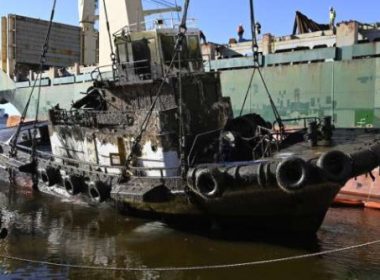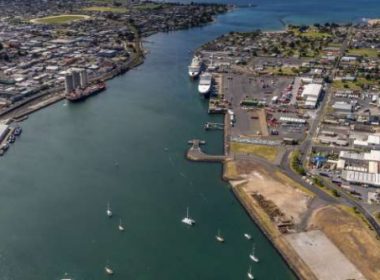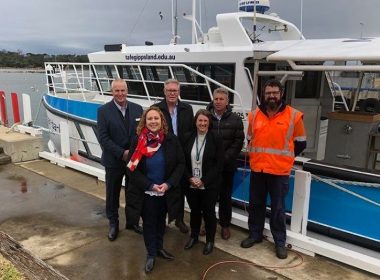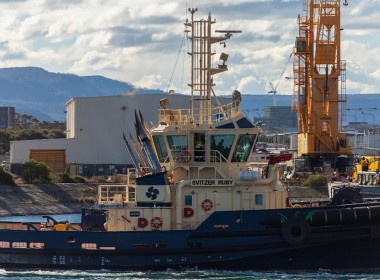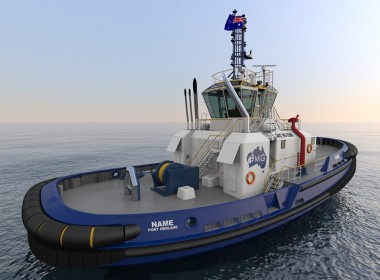Inadequate bridge resource management training cited in collision that sank two tugs in Devonport, Australia

The Australian Transport Safety Bureau’s (ATSB) investigation into a bulk carrier’s collision with two tugs in Tasmania last year highlights the importance of bridge resource management and the design of bridge systems to reduce the risks of human error.
On January 28, 2022, the Australian-flagged bulk carrier Goliath was turning in the swing basin to berth at the Port of Devonport, Tasmania, when it collided with two moored tugs, which subsequently sunk.
Fortunately, there were no personnel on board the tugs at the time. Goliath sustained minor damage.
As the ATSB detailed in its preliminary report, Goliath’s master had moved from the wheelhouse to the port bridge wing conning station to complete the turn.
“During this transfer of manoeuvring controls, the correct steering mode was not selected,” ATSB Chief Commissioner Angus Mitchell said. “Subsequently, the master’s manoeuvring orders, issued in the belief the ship was in joystick steering mode, had the unintended effect of increasing the ship’s speed as it closed on the tugs.”
The ATSB found that neither the master nor the second mate on Goliath had undertaken the required bridge resource management (BRM) training, that BRM on board was not effectively implemented, and effective BRM was not evident during the incident.
“This was found to be a contributing factor to this incident – a safety issue that has now been addressed by the ship’s operator,” Mr Mitchell said.
Since the incident, operator CSL Australia arranged for all deck officers serving on board Goliath to attend BRM training ashore and has added BRM training to its fleet crew training schedule.
“The various concepts, techniques, and attitudes that together comprise BRM remain among the most effective measures available to identify and eliminate, or rectify, human error,” Mr Mitchell said.
Additionally, the final report notes the ship operator had modified Goliath’s joystick panels to incorporate a positive visual indication that joystick steering mode was selected.
“Along with BRM, the design of bridge systems can play a part in mitigating the risks of human error by incorporating intuitive and conspicuous indications of correct operation and, conversely, of errors or incorrect settings,” Mr Mitchell concluded.


